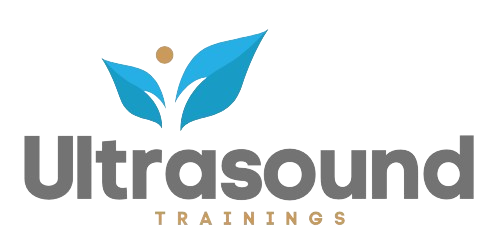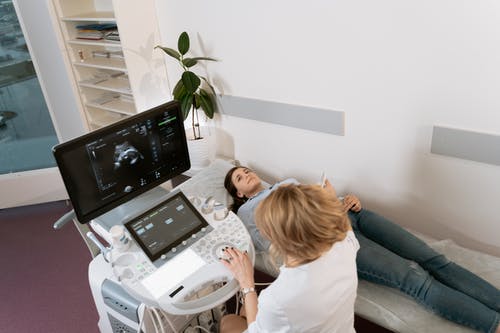Ultrasound-guided procedures have become an essential tool in modern medicine, allowing for precise and minimally invasive techniques. These procedures, guided by real-time imaging, enhance accuracy, reduce risks, and improve patient outcomes. This article will explore the advantages, common applications, and key considerations for ultrasound-guided medical interventions.
The Importance of Ultrasound Guidance in Medical Procedures
Improved Accuracy
Ultrasound imaging provides real-time visualization, allowing healthcare professionals to see exactly where instruments such as needles, catheters, or probes are being placed. This ensures that procedures are performed with high accuracy, reducing the risk of complications.
Reduced Risk of Complications
With the ability to see inside the body, ultrasound guidance minimizes the chance of damaging surrounding tissues, organs, or blood vessels. This is especially important in delicate areas like the abdomen, chest, or joints.
Less Invasive and Faster Recovery
Compared to traditional surgical methods, ultrasound-guided procedures are minimally invasive. Smaller incisions or needle insertions lead to quicker recovery times, less pain, and fewer complications for patients.
Common Ultrasound Guided Procedures
Ultrasound-Guided Biopsies
One of the most common procedures is the ultrasound-guided biopsy. This technique is often used to extract tissue samples from organs like the liver, thyroid, or breast. Ultrasound ensures that the needle is precisely placed in the targeted area, enhancing the safety and effectiveness of the biopsy.
Ultrasound-guided aspiration
In cases of fluid buildup, such as pleural effusion or cysts, ultrasound-guided needle aspiration is used to safely drain the fluid. The imaging helps avoid vital structures, making the procedure safer and more efficient.
Central Venous Catheter Placement
Placing a central venous catheter can be challenging without guidance. Using ultrasound, clinicians can see veins in real-time, allowing for precise catheter placement and reducing the risk of complications like arterial puncture or hematoma formation.
Nerve Blocks for Pain Management
Ultrasound-guided nerve blocks are widely used for pain management, especially in orthopedic and surgical settings. By visualizing the nerves in real-time, clinicians can inject anesthetics directly into the correct area, improving pain relief and reducing the risk of accidental nerve damage.
Ultrasound-Guided Joint Injections
For conditions like arthritis, joint inflammation, or injuries, ultrasound-guided joint injections deliver medication directly to the affected area. This enhances the precision of the treatment and minimizes discomfort for the patient.
Advantages of Ultrasound Guided Procedures
Real-Time Imaging
The real-time imaging provided by ultrasound ensures that medical professionals can make adjustments during the procedure as needed. This flexibility reduces the risk of errors and enhances the overall success rate.
Radiation-Free
Unlike X-rays or CT scans, ultrasound does not use radiation. This makes it a safer option, especially for procedures involving sensitive areas or vulnerable populations like pregnant women and children.
Cost-Effective
Ultrasound guided procedures are typically more cost-effective than procedures that rely on more complex imaging technologies, such as MRI or CT scans. This makes them an accessible option for a wide range of medical practices.
Considerations for Ultrasound Guided Procedures
Operator Skill and Training
While ultrasound offers many advantages, the accuracy and safety of ultrasound guided procedures depend heavily on the skill and experience of the operator. Proper training in ultrasound techniques is essential to ensuring optimal outcomes.
Equipment Quality
High-quality ultrasound equipment is crucial for clear imaging and precise guidance. Medical facilities should invest in modern ultrasound machines with high-resolution capabilities to maximize the effectiveness of these procedures.
Patient Cooperation
In some ultrasound guided procedures, patient cooperation is important for success. For example, maintaining stillness during needle insertions or following breathing instructions may be required to ensure the best results.
Conclusion
Ultrasound guided procedures are transforming the way many medical interventions are performed. By offering real-time imaging, increased accuracy, and a minimally invasive approach, these techniques improve patient care and reduce the risk of complications. Whether for biopsies, catheter placements, or pain management, ultrasound guidance is becoming a cornerstone of modern medical practice, offering both safety and precision in various clinical settings.


